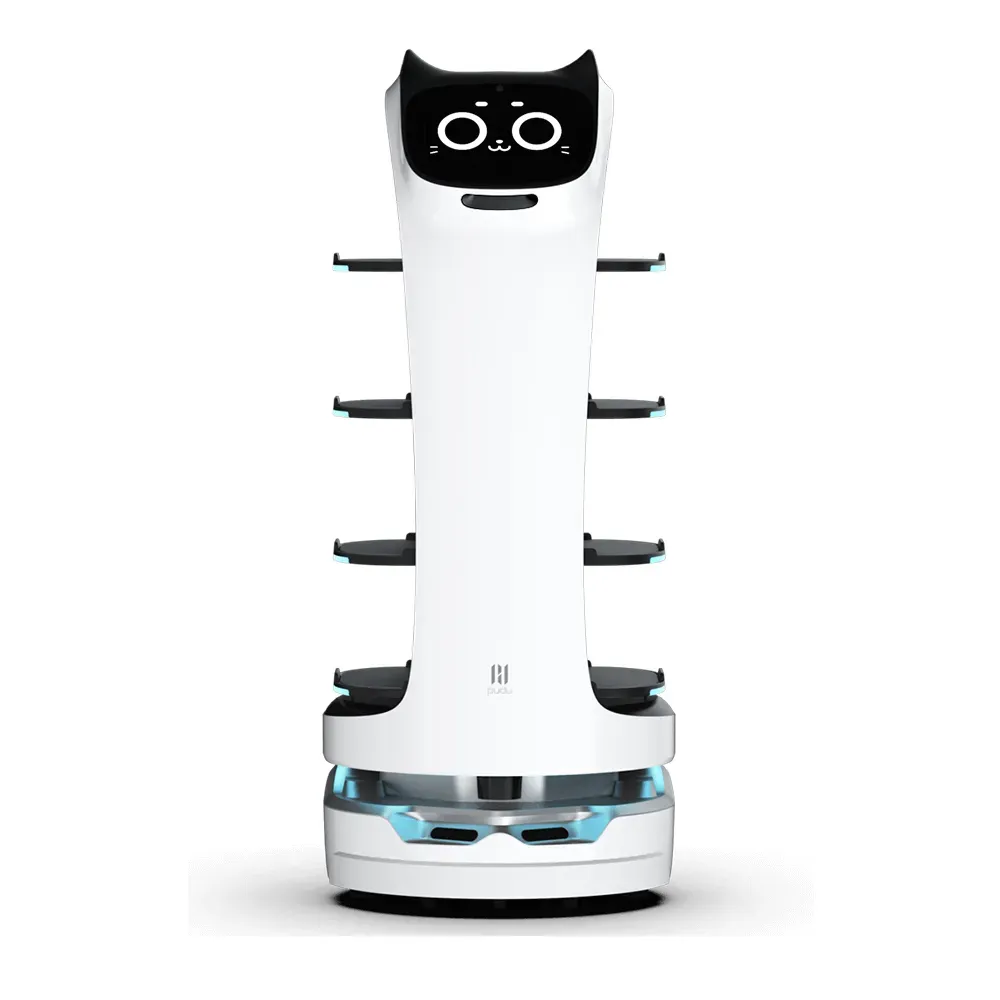
Service robots are autonomous or semi-autonomous machines that are designed to perform various tasks and services for people. They can be used in a range of environments, including homes, hospitals, schools, and businesses, to perform tasks such as cleaning, security, delivery, and customer service.
Service robots can be classified into several categories, including:
- Domestic robots: These robots are designed to perform household tasks such as cleaning, vacuuming, and cooking.
- Health care robots: These robots are designed to assist with patient care in hospitals and nursing homes, performing tasks such as feeding, bathing, and monitoring vital signs.
- Education robots: These robots are designed to assist with teaching and learning, providing interactive and educational experiences for students.
- Retail robots: These robots are designed to assist with customer service in retail stores, performing tasks such as product demonstrations and information services.
- Industrial robots: These robots are designed to perform tasks in factories, warehouses, and other industrial environments, such as material handling and assembly.
Service robots are becoming increasingly popular as technology advances and demand for automation grows, offering improved efficiency, cost savings, and increased safety and convenience.
Retail robots, which are designed to assist with customer service in retail stores, have several pros and cons.
Pros:
- Increased Efficiency: Retail robots can automate tasks such as product demonstrations, information services, and inventory management, freeing up employees to focus on more important tasks.
- Improved Customer Experience: Retail robots can provide customers with interactive experiences, personalized recommendations, and quick access to information, improving the overall shopping experience.
- Cost Savings: Retail robots can help reduce labor costs and improve operational efficiency, providing cost savings for retail businesses.
- Increased Safety: Retail robots can perform tasks such as restocking shelves, reducing the risk of injury for employees.
Cons:
- Limited Functionality: Retail robots are limited in the tasks they can perform and may not be able to respond to customer inquiries or provide the same level of customer service as a human employee.
- Technical Difficulties: Retail robots may experience technical difficulties, such as malfunctions or software crashes, which can impact customer service and store operations.
- Job Losses: Retail robots may displace human workers, leading to job losses and economic disruption.
- Privacy Concerns: Retail robots may collect customer data, raising privacy concerns and the potential for misuse of personal information.
Overall, the use of retail robots has both potential benefits and drawbacks, and it is important for retail businesses to carefully consider their unique needs and goals before deciding to implement this technology.
